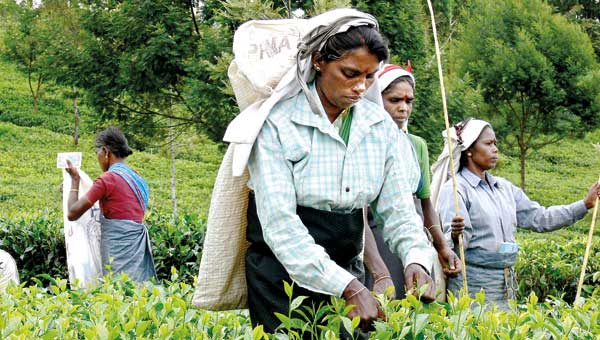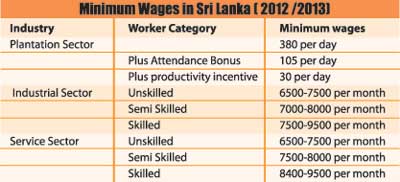Reply To:
Name - Reply Comment
Last Updated : 2024-04-19 22:36:00
.jpg) As the current two-year collective agreement lapses this month, negotiations for another wage increase in the plantation sector are expected to begin soon.
As the current two-year collective agreement lapses this month, negotiations for another wage increase in the plantation sector are expected to begin soon.
 Initially, tea pluckers were paid a fixed daily wage plus a cost-of-living allowance (revised every quarter, based on published index numbers). In return, they had to harvest a minimum quantity of green leaf per day. For any excess quantity harvested above the norm, they were paid a plucking incentive.
Initially, tea pluckers were paid a fixed daily wage plus a cost-of-living allowance (revised every quarter, based on published index numbers). In return, they had to harvest a minimum quantity of green leaf per day. For any excess quantity harvested above the norm, they were paid a plucking incentive.
Add comment
Comments will be edited (grammar, spelling and slang) and authorized at the discretion of Daily Mirror online. The website also has the right not to publish selected comments.
Reply To:
Name - Reply Comment
On March 26, a couple arriving from Thailand was arrested with 88 live animal
According to villagers from Naula-Moragolla out of 105 families 80 can afford
Is the situation in Sri Lanka so grim that locals harbour hope that they coul
A recent post on social media revealed that three purple-faced langurs near t